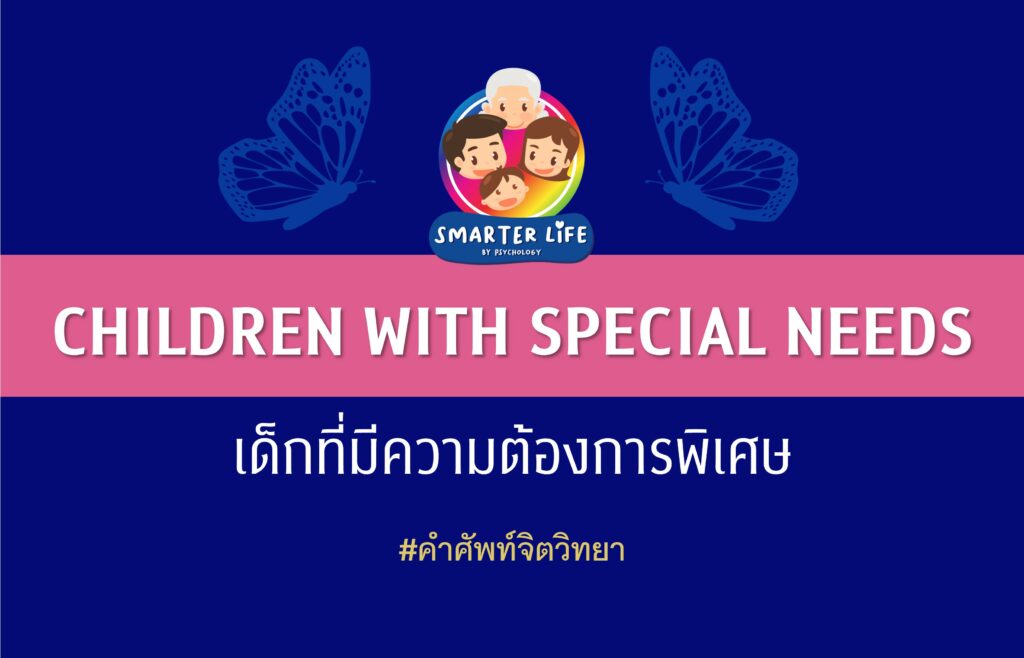Emotion regulation: managing our Emotions
We experience emotions, such as happiness, fear, sadness, and anger, in response to significant events in our lives. Emotions often help us appropriately respond to our surroundings and add color and meaning to our experiences. But emotions can also cloud our judgment when we need to make important decisions, distract us from work, interfere with our relationships, and motivate us to behave in ways we later regret. In these circumstances we may want to influence the way we feel.
Emotion regulation refers to ways to control or manage which emotions we feel, when we feel them, and how intensely we feel them (Gross, 2002). This article provides you with 1) an accessible introduction to emotion regulation and 2) basic tools for thinking about and improving your emotional experiences.
How do we regulate our emotions?
The most influential and practical way to think about and classify emotion regulation strategies is based on James Gross’s process model (Gross, 2002). The process model classifies emotion regulation strategies based on where they occur within an emotional experience. We can think of emotional experience as consisting of 4 parts: situation (something happens), attention (we notice specific aspects of the situation), an appraisal (we interpret the situation in terms of how the situation affects us), and a response (we react to the situation).
For example, imagine your relative from out of town who is staying with you for the week leaves his clothes and belongings everywhere. The situation is the mess your relative made, you noticed the mess, you interpreted the situation as unfair and inconsiderate, and you may choose to react by complaining loudly.
In this scenario, many of us would react by expressing our anger. Releasing an emotion, whether by yelling or hitting a pillow in frustration, is known as catharsis. Catharsis has a long history in psychotherapy and makes intuitive sense, but research suggests that catharsis has negative consequences including intensifying negative feelings (e.g. Kraemer & Hastrup, 1988) and damaging relationships (e.g. Jerome & Liss, 2005). What are your other options?
Situation-focused strategies
Situation-focused strategies are simple and effective ways to influence emotions through their situational causes. We can seek situations that make us feel good and avoid situations that make us feel bad (Gross, 2001). To avoid getting mad at the relative, you can look for something to pleasant to do to give yourself time to cool down and your relative time to clean up. Selecting situations is most effective when an unpleasant situation has no foreseeable costs, but unpleasant situations may offer long-term opportunities or simply be unavoidable. Habitually avoiding bad situations prevents us from learning to cope with life’s difficulties.
Alternatively, we can change the situation to make it more pleasant, or at least less unpleasant. If your relative’s mess is upsetting, you can start cleaning the dishes and talk about the situation later. In studies, people who frequently use this strategy, known as situation modification, enjoy better physical and psychological health than the average person (Penley, Tomaka, & Wiebe, 2002). While situation modification is most effective when we have some control over a situation, we benefit from merely trying to change the situation (e.g. Salomons et al, 2007).
Cognition-focused strategies:
If we cannot choose or change an unpleasant situation, we can employ cognition-focused strategies where we think about the situation differently.
One approach is to focus our attention elsewhere. Even focusing on an irrelevant aspect of a distressing situation, e.g. what people are wearing, can distract us from emotional aspects of a situation and change the way we feel (e.g. Ayduk, Mischel, & Downey, 2002).
Another option is to think about the situation in a different way, i.e., to reappraise it. For example, you can interpret your relative’s mess as a reminder that you get to spend time with your relative. Reappraisal is best used when we cannot change the situation causing the emotion. Reappraisal can cause long-term harm if we rely on positive thinking as a substitute for trying to improve changeable situations (Troy, Shallcross, & Mauss, 2013).
Response-focused strategies:
Sometimes we find ourselves experiencing an undesirable and unpleasant situation and it is too late to change or think differently about the situation. Under these circumstances, we can change our behavioral response to the event.
If we are in a public situation and we are worried about exhibiting undesirable behavior, we can try to suppress (hide) our emotions (e.g. Gross & Levenson, 1997). While others typically cannot tell when we hide our emotions, doing so can be exhausting.
If we want to change our feelings rather than our behavior, relaxation techniques and meditation are effective ways to reduce the intensity of our feelings. As an added benefit, frequently practicing these techniques can reduce the intensity of future negative feelings (Goyal et al, 2014).
Concluding remarks
We are not helpless in the face of negative emotions. While the best way to respond to unpleasant situations varies from person to person and situation to situation, emotion regulation is a skill. With practice, we can improve at emotion regulation and enhance our mental and physical health.
References
Ayduk, O., Mischel, W., & Downey, G. (2002). Attentional mechanisms linking rejection to hostile reactivity: The role of “hot” versus “cool” focus. Psychological science, 13(5), 443-448. https://doi.org/10.1111/1467-9280.00478
Gross, J. J. (2001). Emotion regulation in adulthood: Timing is everything. Current directions in psychological science, 10(6), 214-219. https://doi.org/10.1111/1467-8721.00152
Goyal, M., Singh, S., Sibinga, E. M., Gould, N. F., Rowland-Seymour, A., Sharma, R., … & Haythornthwaite, J. A. (2014). Meditation programs for psychological stress and well-being: a systematic review and meta-analysis. JAMA internal medicine, 174(3), 357-368. https://doi.org/10.1001/jamainternmed.2013.13018
Gross, J. J. (2002). Emotion regulation: Affective, cognitive, and social consequences. Psychophysiology, 39(3), 281-291. https://doi.org/10.1017/S0048577201393198
Gross, J. J., & Levenson, R. W. (1997). Hiding feelings: the acute effects of inhibiting negative and positive emotion. Journal of abnormal psychology, 106(1), 95. https://doi.org/10.1037/0021-843X.106.1.95
Jerome, E. M., & Liss, M. (2005). Relationships between sensory processing style, adult attachment, and coping. Personality and individual differences, 38(6), 1341-1352. https://doi.org/10.1016/j.paid.2004.08.016
Kraemer, D. L., & Hastrup, J. L. (1988). Crying in adults: Self-control and autonomic correlates. Journal of Social and Clinical Psychology, 6(1), 53. https://doi.org/10.1521/jscp.1988.6.1.53
Penley, J. A., Tomaka, J., & Wiebe, J. S. (2002). The association of coping to physical and psychological health outcomes: A meta-analytic review. Journal of behavioral medicine, 25(6), 551-603. https://doi.org/10.1023/A:1020641400589
Salomons, T. V., Johnstone, T., Backonja, M. M., Shackman, A. J., & Davidson, R. J. (2007). Individual differences in the effects of perceived controllability on pain perception: critical role of the prefrontal cortex. Journal of cognitive neuroscience, 19(6), 993-1003. https://doi.org/10.1162/jocn.2007.19.6.993
Troy, A. S., Shallcross, A. J., & Mauss, I. B. (2013). A person-by-situation approach to emotion regulation: Cognitive reappraisal can either help or hurt, depending on the context. Psychological science, 24(12), 2505-2514. https://doi.org/10.1177/0956797613496434
Author
Dr. Adi Shaked
Lecturer in Social Psychology Area




